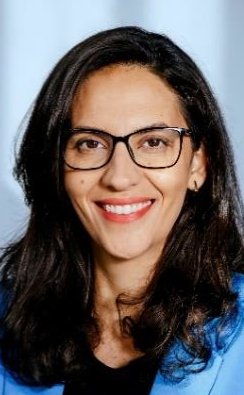Nanoscience meets cellular ceramics: atomic layer deposition for functionalization of 3D structures

Prof. Kaline P. Furlan is a tenured full professor at the Karlsruhe Institute of Technology (KIT) and director of the Ceramic Materials and Technology Institute. Her academic training is on materials engineering (Bachelor), with a Masters and Doctorate in materials science and engineering from the Federal University of Santa Catarina (UFSC) in Brazil. Her research focuses on sinter-based and self-assembly-based functional materials – ceramics, metals and their composites – and coupling of the microscopic processes at interfaces with the macroscopic materials behavior. This encloses the design of interfaces (nano and atomic level) and the challenges related to transfer the fundamental concepts of such uniquely designed interfaces into macroscopic samples and parts, as well as research regarding the functionalization of materials by atomic layer deposition (ALD).
Dra. Kaline P. Furlan
Karlsruhe Institute of Technology (KIT), Institute for Applied Materials – Ceramic Materials and Technology, Karlsruhe 76131, Germany
Abstract
Porous ceramics find applications in a diversity of technological fields ranging from catalysis, sensors, biomedicine, energy conversion, and photonics. In many of these applications, the interfaces, including the structures’ surfaces, and their interaction with the surrounding environment are a key aspect to their performance. In this talk, I will demonstrate the power of atomic layer deposition (ALD) for the fabrication and functionalization of 3D porous structures. I will also show that ALD can precisely introduce dopants or second phases, concomitantly with spatial (nano)structuring altering the cellular ceramics’ phases and thermal stability. The focus will be on oxide-based ceramics and I will present examples of porous structures made out of or functionalized with SiO2, Al2O3, ZrO2, TiO2 or mullite (ALD supercycling), where the enhancement of thermal stability, phase stabilization and suppression of grain growth is achieved. The combination of “traditional” material selection with ALD nanostructuring leads to highly-stable porous structures for applications such as catalysis, photonics and colorimetric sensors.




